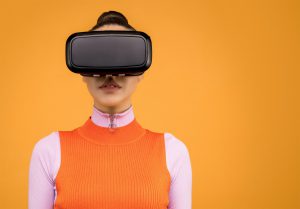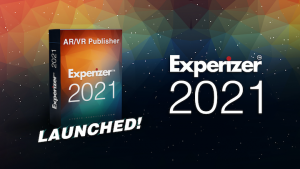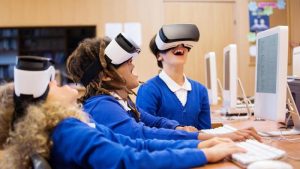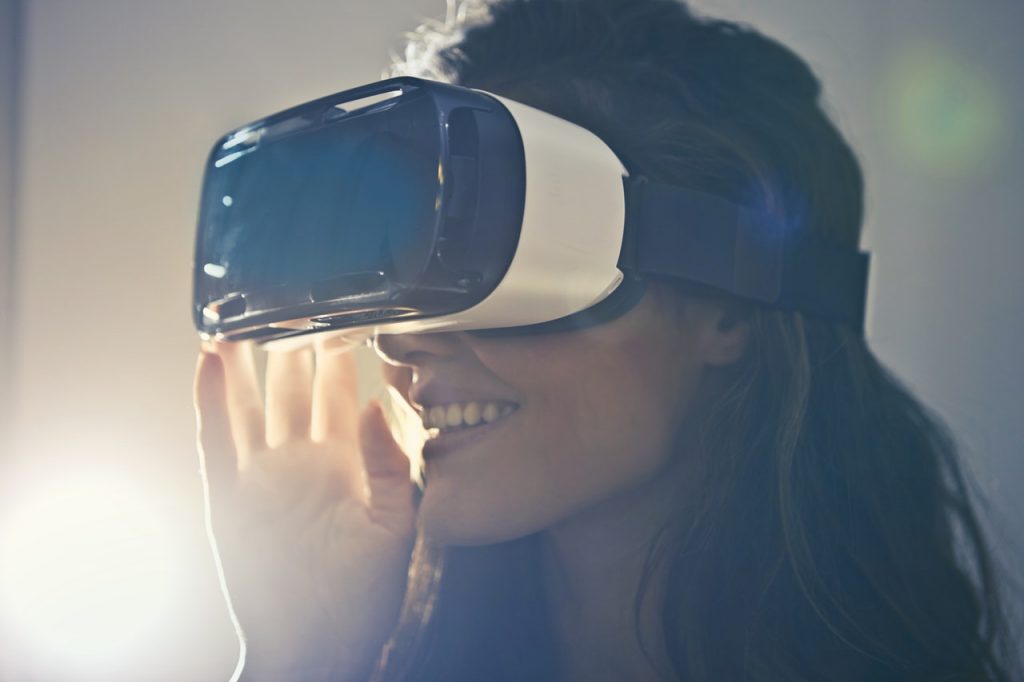“Tell me and I forget, teach me and I remember, involve me and I learn.” -Benjamin FranklinEngaging learners in your eLearning modules is how you make the content stick.Butwhat is learner engagement?

What is learner engagement?
Learner engagement poses to be one of the biggest challenges for any course creator. As we live in a world of distractions, immersing and involving the learner needs greater attention than before. Ever been in a class where learners are whispering, exchanging messages, or just taking a quick nap? Well, it simply amplifies that the learners aren’t engaged. Distractions applies to every age group. Learner engagement therefore refers to the learner’s investment in learning in the form of attention, curiosity, interest, participation and interaction during learning.
Why are engagement techniques important?
Learning online can tend to bring in monotony if there is no interaction or engagement. Interactive training sessions make the learning process exciting! As learners are the most important element of the entire training program, it’s even more essential to ensure the learner is engaged right till the end. The intensity of learner engagement determines the retention of knowledge and development of skills. If the learners aren’t engaged, the goal hasn’t been achieved.
Disengaged learners result in –
- Low course completion rates
- Higher dropout rates
- Demotivated learners
- Unskilled learners
- Lower knowledge retention
What does this mean for course creators? Learner engagement is highly essential to ensure goals are reached. Therefore, the focus needs to be on the implementation of the right engagement techniques.
Engagement techniques in eLearning
Interactive Content
Interactivity is one of the key elements that keeps learners engaged. What’s better than getting the learners to participate and interact during learning! The absence of interactive content would mean monotony for the learner leading to disengagement.
So, what does interactive content mean? -The use of Augmented Reality and Virtual Reality (AR/VR)is one technique that is a sure-fire way to keep learners engaged. Content displayed through Flash cards, hotspots, branched scenarios, simulations, immersive quizzes are some of ways to display the content using this technique. When it comes to interactivity, the sky is the limit!
Learner-centered design
Retaining the empathy element in your design is quite essential for learner attention. Analyze the learners, understand their goals and competencies, and design the courses that are aligned to the objectives.
Learners tend to learn when the content supports to achieve their goals. If not, there are chances they may skip the rest. Learner-centered material increases stickiness of the content and decreases the possibility of learners dropping off due to irrelevant content.
Gamification
Who hasn’t grown up playing video games? And most peoples till do. Gamification is highly popular to present content as it elevates learner motivation. Gamification involves the use of game-based concepts such as scoreboard, levels, simulations, etc., in the learning.
Gamification has been proven to improve learner retention and productivity extensively while boosting learner engagement. You just need a great tool to build an amazing, gamified experience.
Immersive Assessments
Consider a scenario where your learners need to answer an assess mentor a quiz. The learner needs to select the right answer and move on repeating the process. The result would be displayed at the end. Once the learner gets the score, it would be tedious to understand where the learner was wrong, or the depth of the learner engagement. To counter this, assessments created in Virtual Reality ensure that learners have higher levels of interaction with feedback that appears after every question. As the process is engaging, learners love the process of interacting with the content.
Tracking and Feedback
Listen to your learners! Offer a channel to provide feedback and share opinions regarding the course. Feedback will help you gain great insight for your courses and eliminate the communication gap. Feedback is another way to elevate what is being created to meet learning objectives.
How to ensure that your learners are on the right track and are making progress? Generating analytics by tracking their assessment results, course completion rates, and accessing feedback will help understand their progress. Furthermore, discussing the same with the learners and providing feedback for them will ensure learner encouragement in learning.
Collaboration
Learner isolation is one of the myths associated with eLearning. Learner-learner, instructor-learner interaction is equally important when it comes to collaborative learning. When learners work in groups to learn or achieve a particular competency, they explore different horizons.
Sharing resources and information, forming a community, and connecting with peers goes a long way in learning.
Trigger learner curiosity
Curiosity is important as it is the key to make learners add to their knowledge by going into the depths of the learner program. It’s essential to provoke learner curiosity in a specific topic to make the entire process easier! Curious learners dig deeper into the topic and explore on their own, which in turn helps in retention, engagement, and generate interest in the topic.
Curiosity encourages and leads learners down different paths and builds a quest for learning and exploring.
We hope these engagement techniques for learning support you to achieve the objectives of your training program. The right authoring tools are essential to have these goals met. Experizer is a no-code tool that includes interactive experiences powered by AR/VR. The 20+ templates include games, quizzes, assessments, digital walkthroughs, and more. The experiences can be published via a link that you can use in your existing program. You can make all these experiences in less than 20 minutes. Sign up for a free trial. Questions? You can reach out to care@experizer.com





 Experizer is now powered by 20 templates that can be used to build Learning Experiences by just adding content. The best part is that Experizer has come out with a new plan that is free and can be used for almost unlimited amount of time. Even advanced learning analytics is an important part of this release where detail activity of a learner can be tracked by the author.
Experizer is now powered by 20 templates that can be used to build Learning Experiences by just adding content. The best part is that Experizer has come out with a new plan that is free and can be used for almost unlimited amount of time. Even advanced learning analytics is an important part of this release where detail activity of a learner can be tracked by the author. Today the technology is so humanized that it has made the recruitment process a lot easier and interesting through this technology. This technology is used by HR to simulate actual scenarios for employees and prepare them for real-world situations.
Today the technology is so humanized that it has made the recruitment process a lot easier and interesting through this technology. This technology is used by HR to simulate actual scenarios for employees and prepare them for real-world situations.



